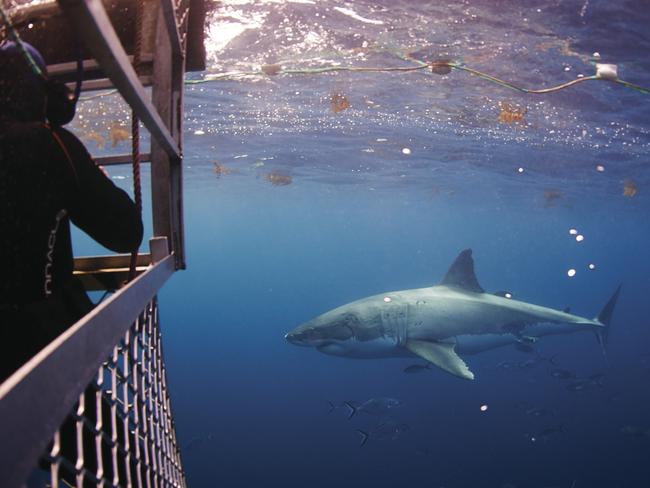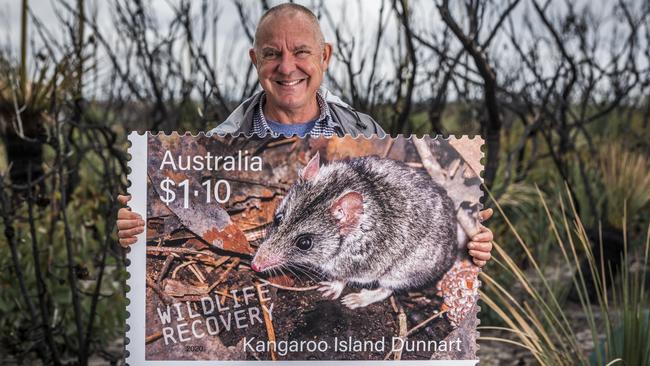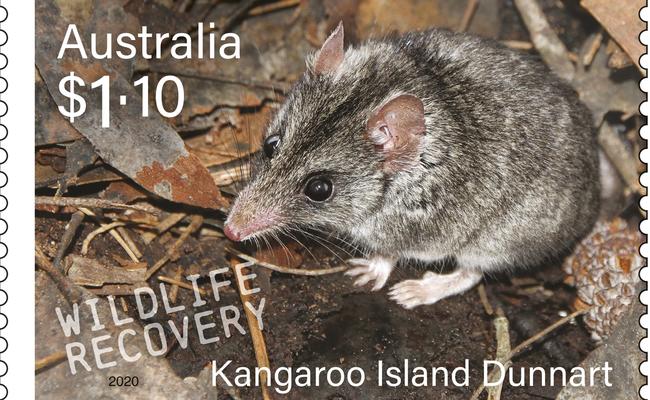COVID-19 recovery: Why SA needs backpacker influencers to turbocharge tourism
We don’t want people crossing the border right now. But when the time is right, foreign backpackers will be just what the state needs to spring back from lockdown – because they spend big on finding adventure and wildlife.
Coronavirus
Don't miss out on the headlines from Coronavirus. Followed categories will be added to My News.
Enticing backpackers who splash money on experiences such as shark cage dives and brag about their trips to South Australia will help the sector bounce back from the pandemic, the state’s peak tourism body says.
The SA Tourism Commission is calling for special concessions for backpackers – such as temporarily lifting the age limit for Working Holiday Maker visas and making sure the cost is “competitive” – as countries around the world vie for their business after coronavirus.
SATC boss Rodney Harrex said young travellers stayed longer than other tourists, injected money into SA adventure businesses and would be “ambassadors” for the state when borders reopened.
Appearing before a Federal Government inquiry into working holiday makers on Monday, Mr Harrex said backpackers would be a “key market to encourage” and were “an opportunity as we come out of COVID-19”.
“What we do know is they spend money and they spend a lot of money to undertake experiences,” Mr Harrex said.
“They might not spend a lot of money on accommodation, but they’ll work hard, they’ll save it up and then they’ll spend that money to do activities that drive adrenaline and give them something to brag about.”
He named shark cage diving off the coast of SA as a popular attraction for the adventure-loving youths.

Backpackers were seen as potential “influencers” who would likely inspire other travellers to take trips to Australia, Mr Harrex told the inquiry.
It was also a “real opportunity” to secure repeat visitors, who would come when they were young and return in the future. In 2019, backpackers spent an average of 35 days each in SA, compared to 22 days for other international travellers.
They spent about $1733 per trip, injecting about $47m into the state’s economy last year.
Working Holiday Maker visas for Australia cost $485 and are open to people aged 18 to 30, or 35 for those from Canada, France and Ireland.
Mr Harrex called for the age limit to be temporarily lifted so that people who had missed out on their trip due to the pandemic and were now too old could still come to Australia.
KI dunnart stamps out bush recovery

A cute carnivore with loads of character is one of the stars in a series of six postage stamps released today.
“Wildlife Recovery” is the theme for Stamp Collecting Month this year, after the horrific black summer that pushed many native species closer to extinction.
The critically endangered Kangaroo Island dunnart lost most of its habitat to the fires, but the nocturnal marsupial has been spotted since, giving conservationists hope for the future.
Local Peter Hammond, 60, from Karatta near Flinders Chase National Park also lost his home, but he intends to rebuild on the 104ha bush property.
His dunnart photograph, which features on the new stamp, was taken before the fires, during a wildlife survey on the property next door.
Dunnarts are also known to reside on Mr Hammond’s property, where six predator-proof tunnels have been built to give the animals a chance to shelter and breed, with two sightings captured on camera.

“They’re actually very cute, they have grey soft fur and they’re feisty little fellas, they have a line of very fine teeth and if they get a chance they’ll bite you,” he said.
“They won’t actually draw blood, they’re not strong enough, but they have plenty of character and they’re as tough as nails to have got through this fire, the entire area looked like it had been hit by nuclear bomb, but to know that they survived shows how tough they are.”
Mr Hammond says he used to collect stamps as a child so it’s “exciting” to see his photograph on a stamp, especially one highlighting the plight of the dunnart.
The Stamp Collecting Month Wildlife Recovery $1.10 series also includes the koala, Bathurst copper butterfly, Davies’ tree frog, Regent honeyeater and Blue Mountains water skink.
These animals were among those identified by the federal government’s Wildlife and Threatened Species Bushfire Recovery Expert Panel as needing immediate conservation management.
The stamps and associated products will be available from today in participating Post Offices, via mail order on 1800 331 794, and online at auspost.com.au/stamps while stocks last. Extra education resources are available online at auspost.com.au/scm
– Clare Peddie
